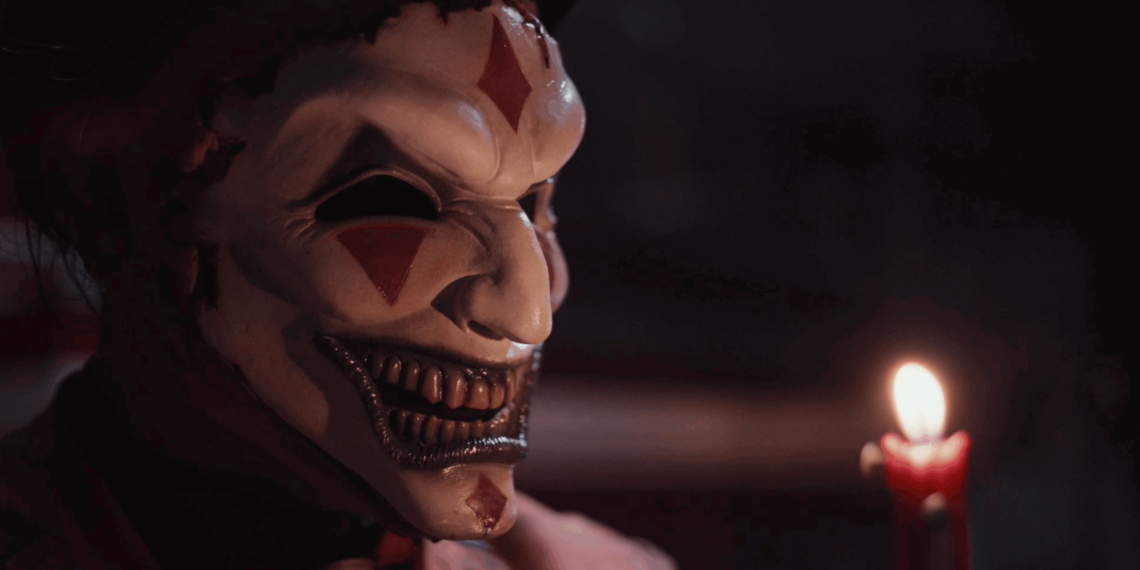If you just finished “The Jester 2” and have more questions than answers, you’re not alone. The horror sequel wraps up with a mind-bending finale featuring mystical elements, supernatural power plays, and one protagonist’s clever victory that ties everything together. Let’s break down exactly what happened and what it all means.
Table of Contents
The Jester 2 Ending: Key Elements Overview
| Element | Explanation |
|---|---|
| The Four Souls | Supernatural entities bound within the jester curse |
| The Melting Candle | Symbolic object representing the curse’s power and duration |
| Max’s Victory | Protagonist’s ingenious solution to defeat the jester |
| The Resolution | How the curse finally breaks and what remains |
| Ending Type | Bittersweet with horror undertones |

Understanding the Four Souls
The core of “The Jester 2” finale revolves around four souls trapped within the curse itself. These aren’t just random spirits—they’re connected to the jester’s dark history, each representing different aspects of the supernatural entity’s power. The film cleverly reveals that understanding these souls is the key to breaking free from the jester’s eternal torment.
Throughout the movie, hints build toward this revelation. The four souls represent past victims, each containing a piece of the curse that binds them all together. Their collective presence is what gives the jester its unstoppable power and insatiable hunger for new victims.
The Melting Candle Symbolism
One of the most brilliant visual metaphors in the ending is the melting candle. This isn’t just atmospheric horror—it’s deeply symbolic. The candle represents time, life force, and the curse’s durability. As it melts, so does the magical barrier protecting the jester from destruction.
Max’s realization about the candle becomes the turning point. By understanding that the melting wax directly corresponds to the curse’s weakening power, she discovers a path to victory that seemed impossible throughout the film. It’s a haunting reminder that even supernatural evil has its limits.
Explore more horror movie analyses and explanations on TechnoSports’s entertainment coverage.
Max’s Ingenious Victory Explained
Here’s where the genius happens: Max doesn’t fight the jester directly. Instead, she uses the knowledge of the four souls and the candle’s significance to execute a plan that’s both clever and deeply unsettling.
By manipulating the supernatural elements the jester relies upon—particularly understanding the candle’s role in channeling the four souls’ power—Max finds a way to redirect the curse. Her victory isn’t about brute force or traditional heroism; it’s about outsmarting an ancient evil through emotional and intellectual cunning.
The beauty of this ending is that it subverts typical horror movie tropes. Max’s victory comes from understanding rather than fighting, from wisdom rather than weapons.

What the Ending Means for the Jester Curse
The resolution leaves viewers with important questions about whether the curse is truly defeated or simply dormant. The bittersweet nature of the ending suggests that some evils can’t be completely destroyed—only managed or contained.
The four souls aren’t freed in a traditional sense; instead, they find temporary peace through Max’s actions. This raises the unsettling possibility that the jester could return if circumstances align again, making the victory feel more like a temporary reprieve than permanent salvation.
Learn more about horror film trends and supernatural cinema on our dedicated entertainment section.
The Symbolism Behind It All
Director’s carefully crafted symbolism throughout “The Jester 2” culminates in an ending that operates on multiple levels. The melting candle represents not just the curse’s weakening but also the passage of time and inevitable decay. The four souls symbolize how trauma and darkness can bind people across generations.
Max’s victory represents the triumph of understanding over fear, and the acceptance that some battles end in compromise rather than complete triumph.
Key Takeaways
- The four souls are supernatural entities bound within the jester curse across generations
- The melting candle symbolizes the curse’s power and represents a path to victory
- Max defeats the jester through clever manipulation rather than direct confrontation
- The ending is bittersweet, suggesting the curse may not be permanently defeated
- The film subverts typical horror movie resolutions with unexpected storytelling
FAQs
Q1: Are the four souls finally freed at the end of The Jester 2?
A: Not exactly freed in a traditional sense. The four souls find temporary peace through Max’s ingenious solution, which involves understanding their connection to the curse and manipulating the supernatural elements binding them. However, the bittersweet ending suggests they remain somewhat connected to the jester’s energy. The souls aren’t liberated into the afterlife but rather held in a state of managed peace, leaving room for potential future complications if the curse awakens again.
Q2: Does Max completely defeat the jester, or is the threat still alive?
A: Max achieves a clever victory by understanding and redirecting the curse’s power rather than destroying it outright. The melting candle serves as both a symbol and mechanism—by using her knowledge of how the four souls channel power through this object, Max finds a way to contain and weaken the jester. However, the ending suggests the curse isn’t permanently destroyed but rather subdued. The film cleverly leaves the door open for potential return, making the victory feel like a hard-won but temporary triumph rather than permanent salvation.








